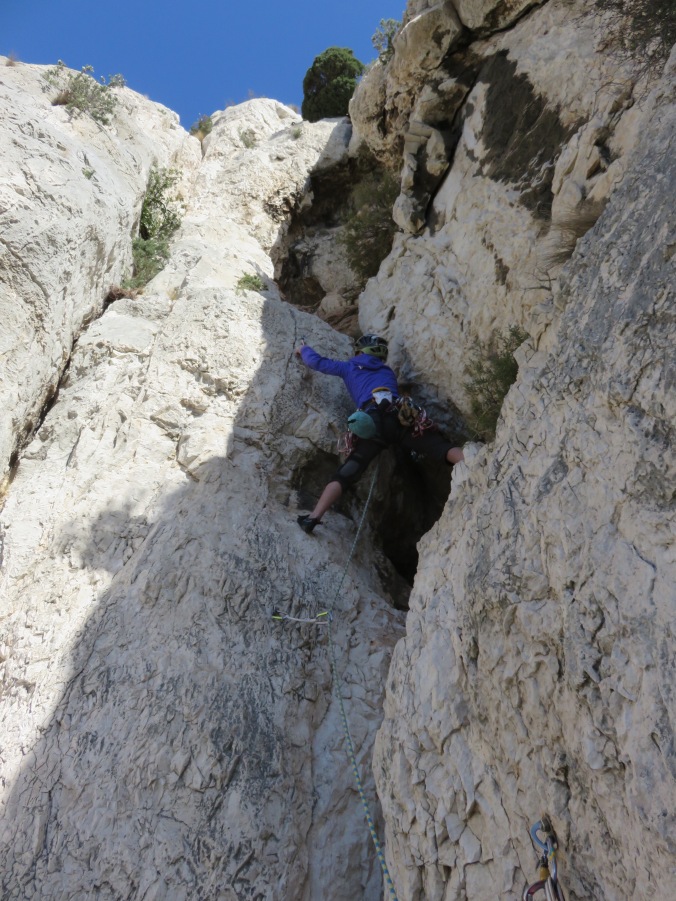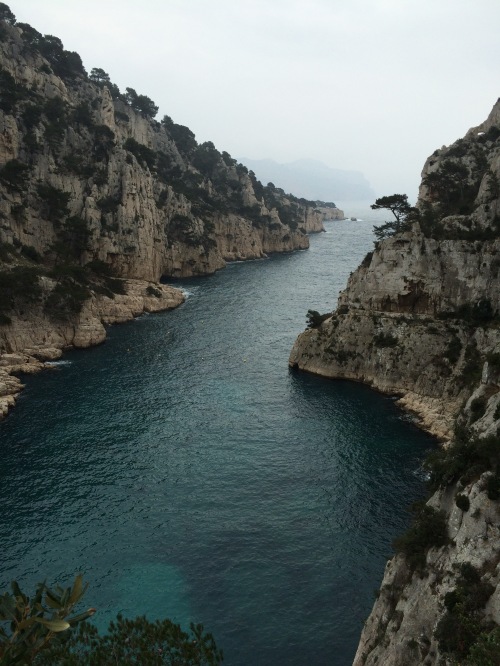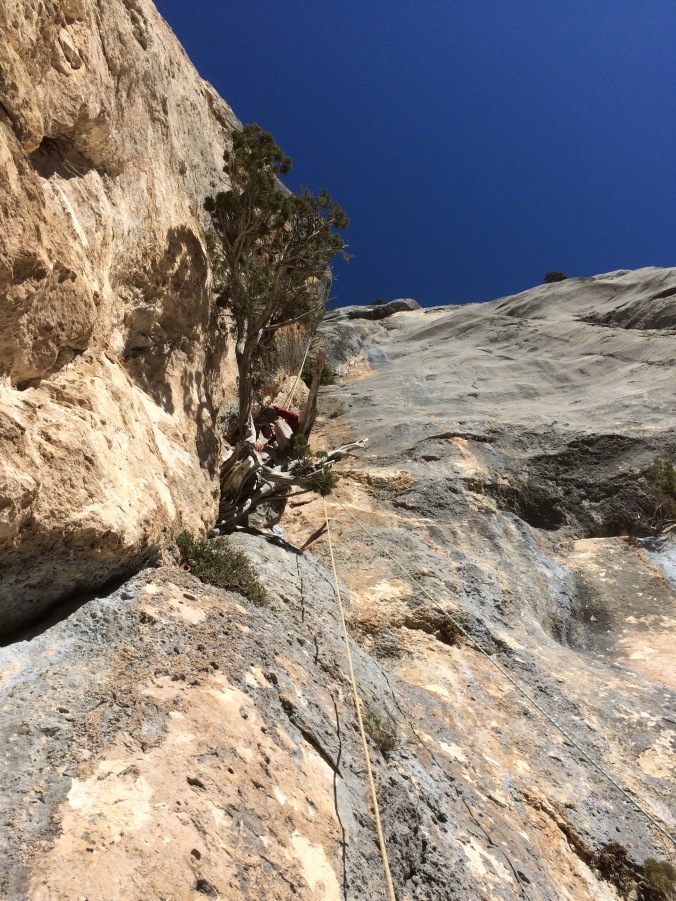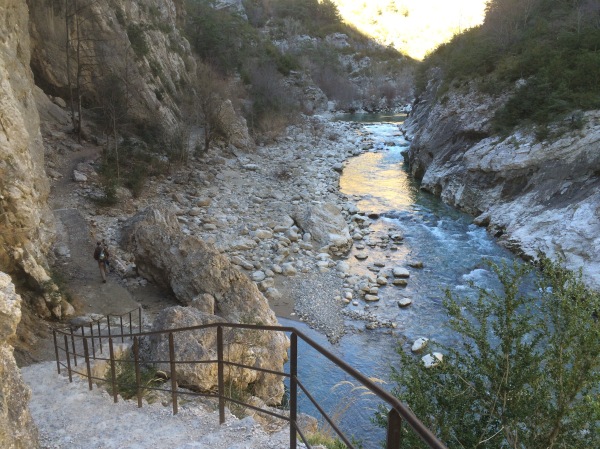
Praia Dona Ana in Lagos
Despite its (deserved) reputation as being infested with drunk Englishmen, we decided to spend a last, long weekend in the Algarve, the southern most region of Portugal, known for its beautiful coastline and beaches. I am really not much of a lie out on the beach kind of person, so I almost never go on beach holidays. But it would have been a shame not to see this part of the country.
We wanted to spend most of our time in the Eastern Algarve, which is much quieter and less built up than the Western Algarve. Being closer to the Mediterranean, the water is also warmer to swim in. But, since we were down there already, I wanted to make a slight detour to check out the other main towns in the Algarve.

The Algarve is the southern part of the country. We stayed in Tavira, which is very close to the Spanish border.
The Algarve is a super easy ~2.5 hr drive from Lisbon. The golden, arid, rolling slopes, with crops and cows, really reminded me of driving through the Sierra foothills in California, an area I have crossed so many times to get to/from all the climbing and skiing in the Sierra Nevadas.

The main towns of the Algarve: Lagos, Portimåo, Albufeira, Faro, Tavira.
Our first stop was the town of Lagos, the town most associated with rowdy tourists, but also some lovely beaches. One such beach is Praia Dona Ana, which I wanted to see because its ochre walls/sand looked quite distinct from the other beaches/coastline of the Algarve. The beach was crowded, but I can see why it is regarded as one of the top beaches in the Algarve and Portugal.

Praia Dona Ana in Lagos

The other end of Praia Dona Ana
On the way out of town, we stopped at Meia Praia, perhaps the main beach in Lagos, and bloody huge. The beach is about 4 or 5km long. I can see why it is popular: light, fine sand, calm waters, wide beach, relatively close to town.

Meia Praia to my left

Meia Praia to the right of me. It stretches for miles.
We did not have any urge to stop in Portimão or Albufeira, but did make a brief stop in Faro, and the town of Santa Luzia, very close to our final destination of Tavira.

The mighty Rio Gilão and one of two small foot bridges connecting the banks in Tavira
Tavira is a very small and completely charming town which many Portuguese I spoke to said was what the rest of the Algarve was like a few decades ago. The majority of people there appeared to be Portuguese and a few Scandanavians.

Ginormous figs. Oranges and plums for scale.
A dish that was totally not on our radar when we arrived in Lisbon is Arroz de Polvo. This is our favourite traditional Portuguese dish, and the area is especially known for its polvo (octopus). We have had amazing seafood on this trip, and the restaurants in Tavira continued that streak.
Tavira is also the jumping off point to another “top 10” Portugal beach, Praia do Barril on the Ihla de Tavira. I did not take pictures of the beach, so you will have to take my word that it is an awesome beach: wide, long, super fine light coloured sand, refreshing (but not too cold) water temperature…
You can also take a miniature train to save about a mile of walking to/from Praia do Barril in the blazing sun. Which is, of course, what we did.

Train to Praia do Barril on Ilha da Tavira
Set back behind Praia do Barril is the Cemitério das Àncoras (Cemetery of Anchors), an homage to the bluefin tuna fishing industry that died out by the 1960’s. These big anchors were used by fisherman to hold the tuna nets in place instead of mooring boats, and had to withstand the large tuna and Atlantic.

Cemitério das Àncoras (Cemetery of Anchors)

A very poor picture of the crowded part of Praia do Barril. But it captures the sandy dunes and fine, light coloured sand.
We continued our streak of excellent food and nightly delicious gelato.

Evening stroll in Tavira
On our way back to Lisbon, we decided to visit a beach on the West coast of the Setúbal Peninsula called Praia do Meco. Again, quite a different beach to the others, being right on the Atlantic, with colder water and more battered cliffs. All these places are such an easy drive from Lisbon that it would probably be a bit remiss not to visit them. On the one hand, I love the vastness and space of North America. But on the other hand, the compactness of Portugal makes it super convenient and easy to see a multitude of different geographies and locales in a short period of time.










































































